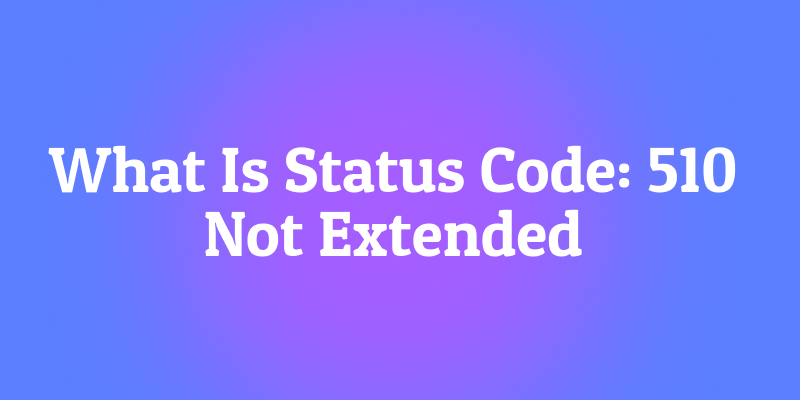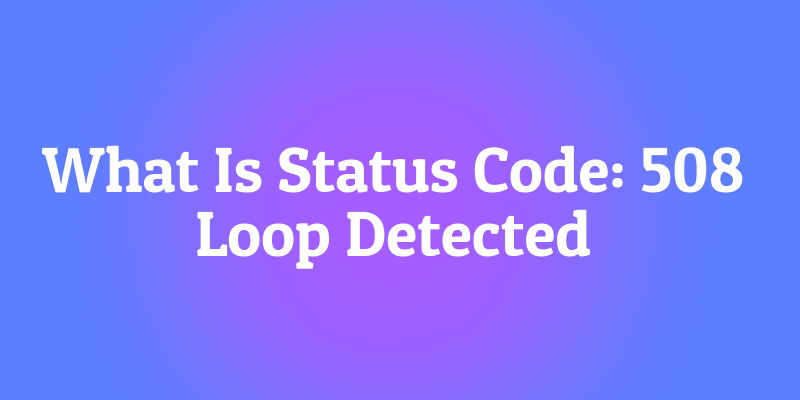OpenAI has shaken up the internet with its most recent announcement for Sora, garnering so much attention for its unbelievable realisticness in generating videos based on just text.

With Apidog, designing, testing, mocking, and documenting API has never been easier. If you are interested in trying out Apidog, click the button below to begin! 👇👇👇
What is Sora?
Sora is the name of OpenAI's newest AI model that is capable of creating extremely realistic and imaginative videos from text descriptions given by users.
OpenAI has also given samples of videos that are generated by Sora (and of course, without any editing). The results were mind-blowing. If you are interested in why Sora is the current internet sensation, check their website for more of their video samples. It will make your jaw drop.
How to Use OpenAI Sora and its API?
In case you have not used OpenAI's ChatGPT before, Sora works similarly.
Sora will wait for the user to submit a prompt for it to process. A sample prompt that Sora has made a video with is:
"Beautiful, snowy Tokyo city is bustling. The camera moves through the bustling city street, following several people enjoying the beautiful snowy weather and shopping at nearby stalls. Gorgeous sakura petals are flying through the wind along with snowflakes."

Observe that the prompt includes so many details regarding the scene - and that Sora takes into account all these details to produce a video too close to reality. Essentially, the videos that you can generate with Sora are only limited to your imagination, so get creative!
However, currently, both OpenAI's Sora and Sora APIs are still unavailable for public use. With no public release provided, we have no idea what kinds of APIs come with Sora, therefore this article cannot provide an exact description of how to use Sora's APIs.
What is Sora Capable of?
Although OpenAI's Sora is not the first AI to generate videos, it precedes existing AI video generators in many aspects, such as:
- Quality and Realism: The videos that Sora produces are exceptionally accurate and consistent with the prompt that is given. On top of that, Sora's video has impressive realism, as if it was filmed live.
- Customizable Viewpoints: With Sora, you can include how you like the video to be taken. It could be a bird's view of a car chasing scene, or perhaps a close-up of a lion hunting its prey.
- Minute-Long Videos: While other AI models can only create a few seconds worth of videos, Sora can generate a minute-long scene that consists of complex elements.
You can expect Sora to account for many different details included in a prompt, such as:
- Cinematic views: You can specify what kind of shot the video is taken from, such as a drone's view, a close-up, and many more.
- Element details: For example, if you wish to have a woman in a scene, you can specify what kind of clothing she will wear, the color of the clothing, the woman's hair color, and so on. You can even decide on the woman's pose and expression to provide more character.
What is Sora API Used for?
OpenAI's Sora will be used mainly for video generation. You no longer need to go outdoors or recreate a stunt to have a video. All you need to do is provide a prompt with an accurate description to generate a video of your desire.
There are a lot of potential applications where Sora can be used. For example, Sora can be used to generate educational videos for children to watch, or perhaps to create a combat scene in games. Wherever applicable, Sora can be expected to boost efficiency and cut costs in many different aspects and community sectors of society.
However, OpenAI has usage policies that prevent the abuse of Sora's video-generating capabilities. Sora will reject prompts that include instances of extreme violence, sexual content, hateful imagery, and more indecent requests that may ruin or harm an individual's well-being.
Is Sora (and its API) Available for Use Now?
As of the time of writing, Sora and Sora APIs are still unavailable to the public. Only selected developers are granted access to Sora to assess potential weaknesses and risks that the Sora AI model may have. On the other hand, a handful of visual artists, designers, and filmmakers are invited to assess Sora's current capabilities and provide feedback on how OpenAI can improve Sora.

The reason that OpenAI has not released Sora is that is not perfect yet. There are flaws that Sora exhibits, specifically simulating complex scenes that involve specific instances of cause and effect, as quoted by OpenAI.
Another issue that OpenAI has addressed is that the current Sora model confuses itself with complex spatial details of a prompt, such as what is left and right. Sora also finds it difficult to keep track of prompt descriptions that take place over time.
OpenAI is still consulting the necessary third parties (a few examples would be policymakers, educators, and artists) to ensure that Sora can be well welcomed into our society.
Apidog - API Design-First Development Platform
Apidog is a design-oriented API development platform perfect for any developer. With a focus on utilizing simple and intuitive UI design, Apidog's interface allows developers to learn and build APIs fast at the same time.
As it is heavily anticipated that Sora will have APIs like ChatGPT, make sure you know how to harness Sora's capabilities by first understanding how to work around APIs.
In this article, we will show you how to test APIs swiftly using Apidog.
Designing API Request Testing with Apidog
Testing your API is a crucial step in the API lifecycle to ensure that everything is functioning as intended, as your API should be able to consistently return appropriate response whenever a request is sent.
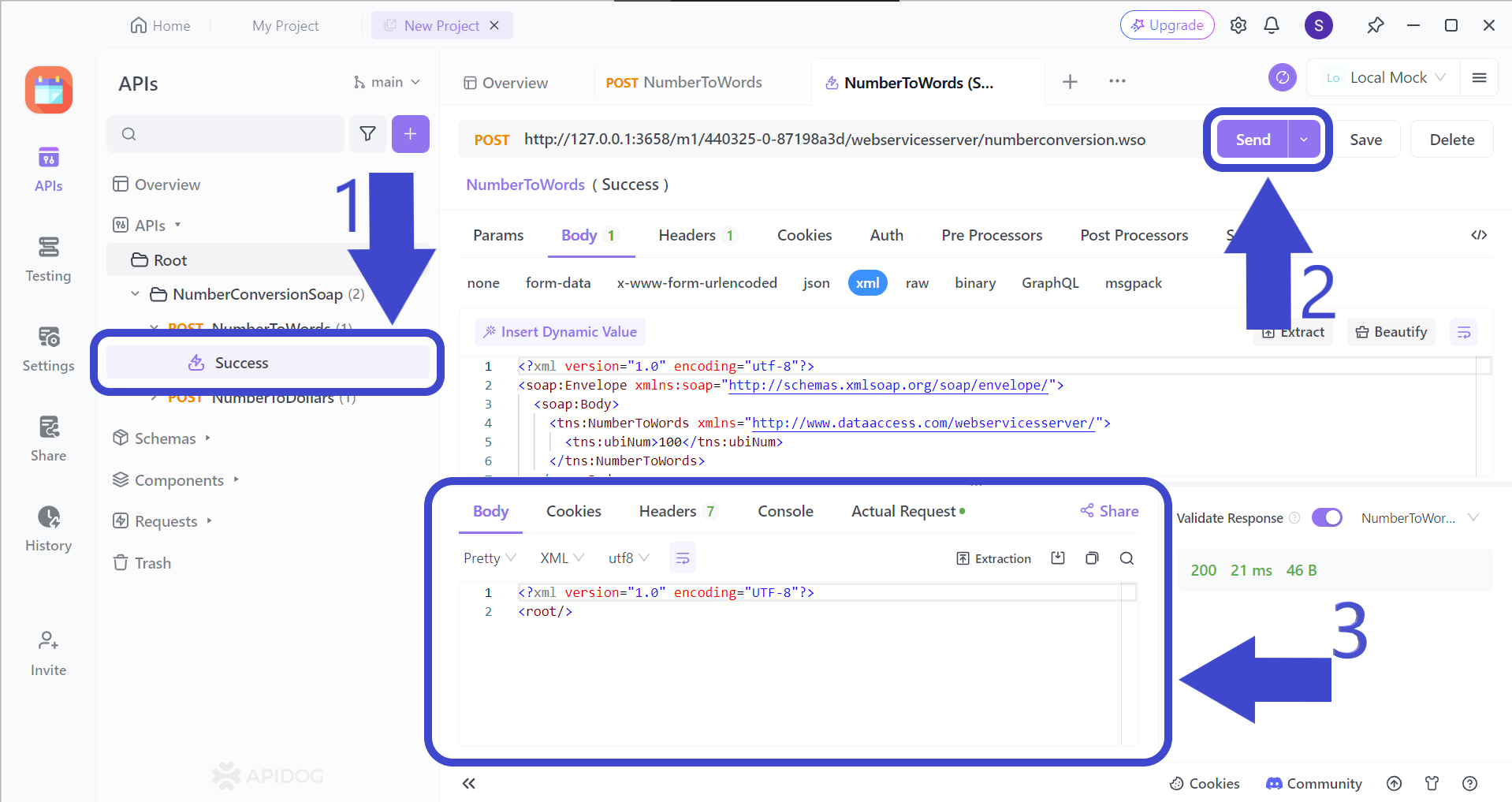
Arrow 1 - From the left side of the screen, select the API request that you would like to test.
Arrow 2- Send the request to receive a request. Before pressing the Send button, make sure that the method type and URL are correct.
Arrow 3 - Analyze the response to see if it satisfies your requirements or expectations for the web service.
Creating Test Scenarios for APIs with Apidog
It is very likely that with Sora, you will have multiple steps to undergo to obtain what you desire. Fortunately, Apidog has the tools to support multiple-step testing, called test scenarios.
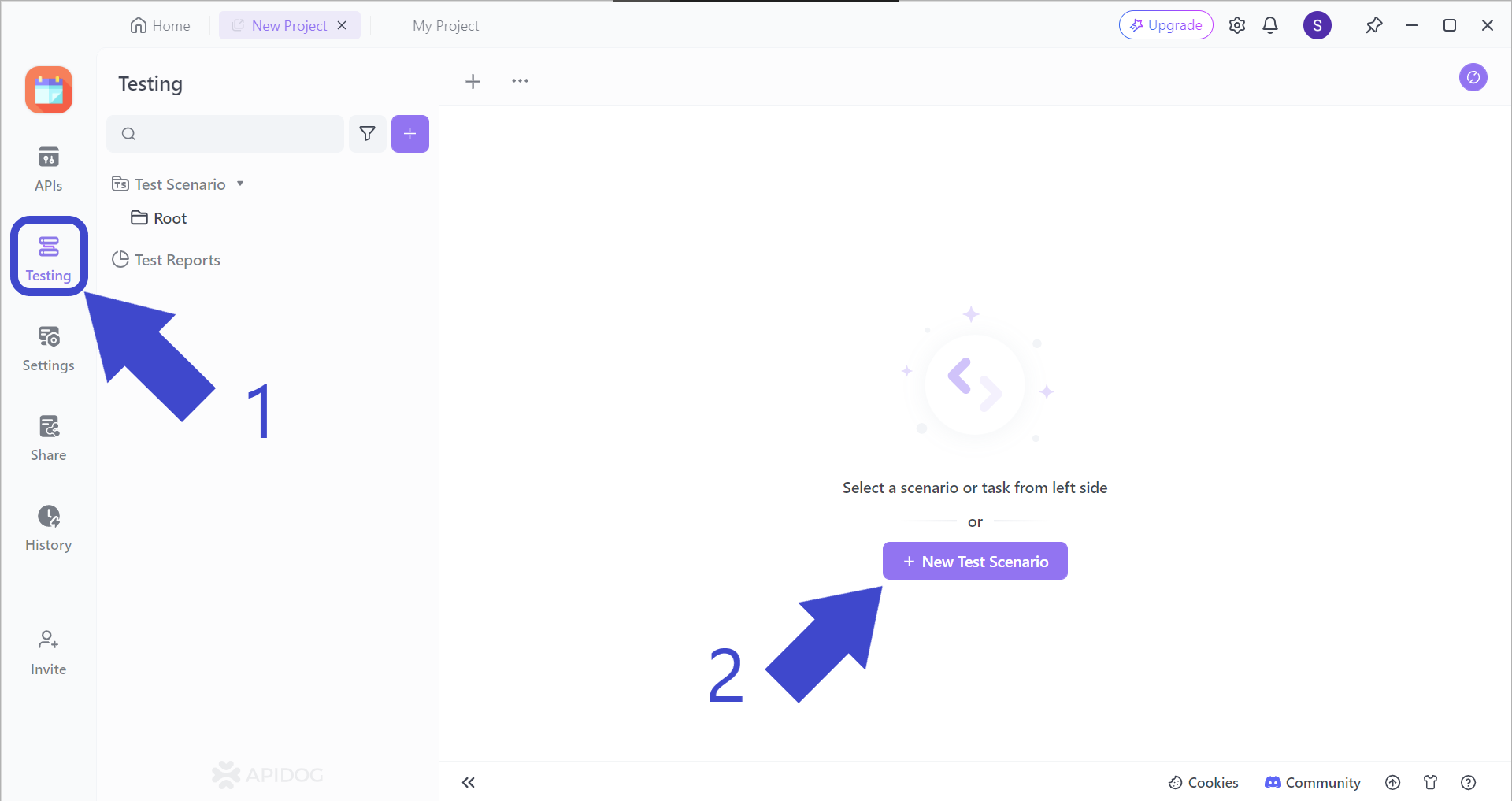
Arrow 1 - First, locate the "Testing" button.
Arrow 2 - Next, press the + New Test Scenario button.

A pop-up window should appear on your screen, asking you to input a few details about your new test scenario. Once you have filled it out, you can hit the "OK" button on the bottom right corner, or just "Enter" on your keyboard.
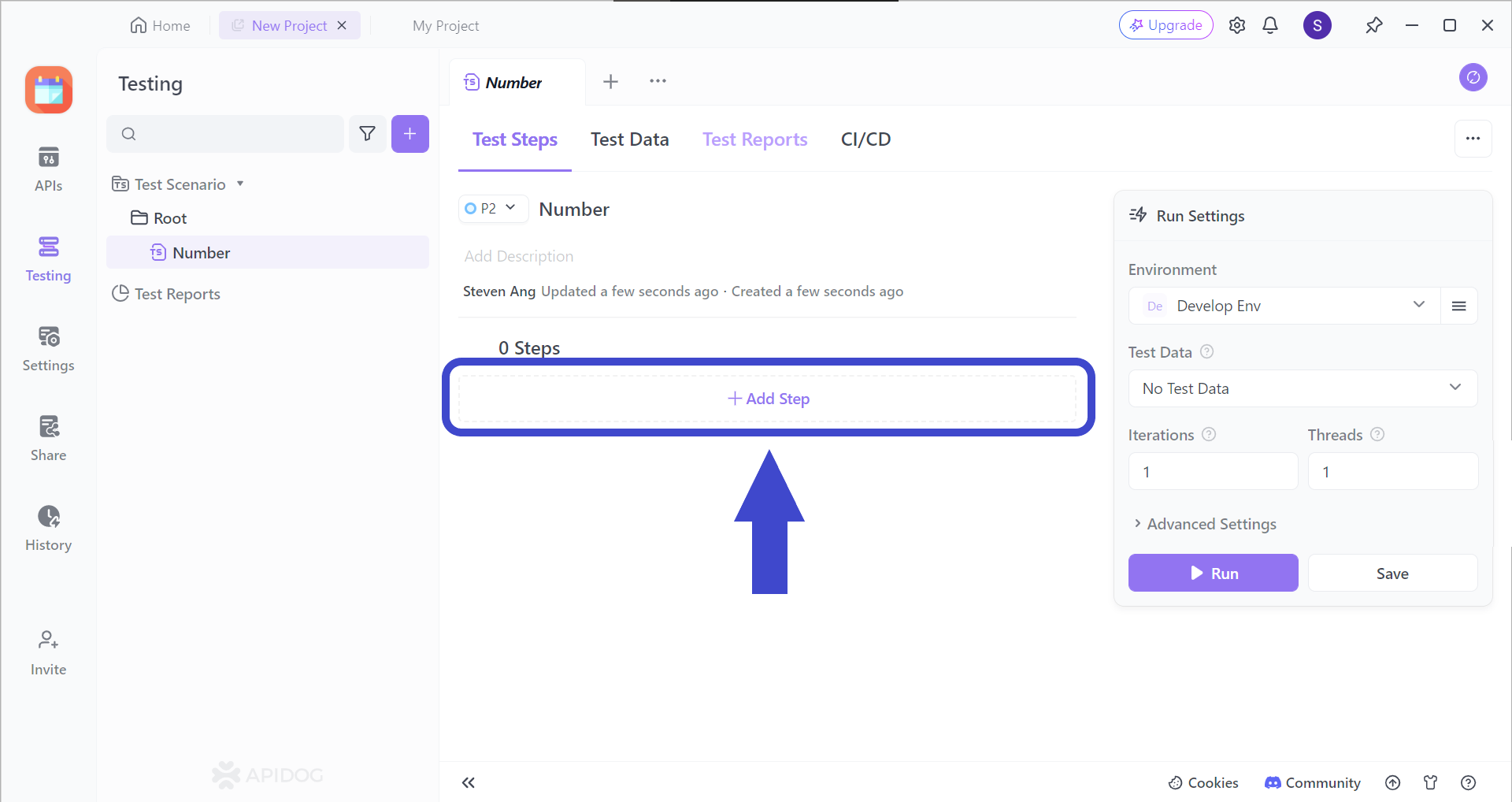
Add a step (or many more steps) to your test scenarios by clicking on the "Add Step" section. You should be able to see the image below.
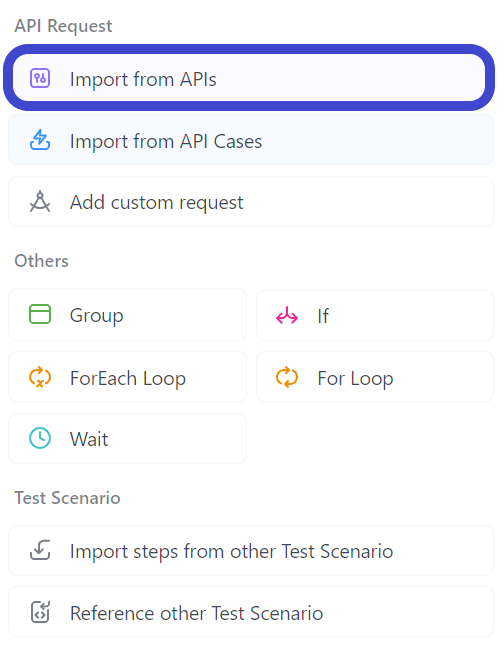
Select "Import from API" from the drop-down menu.
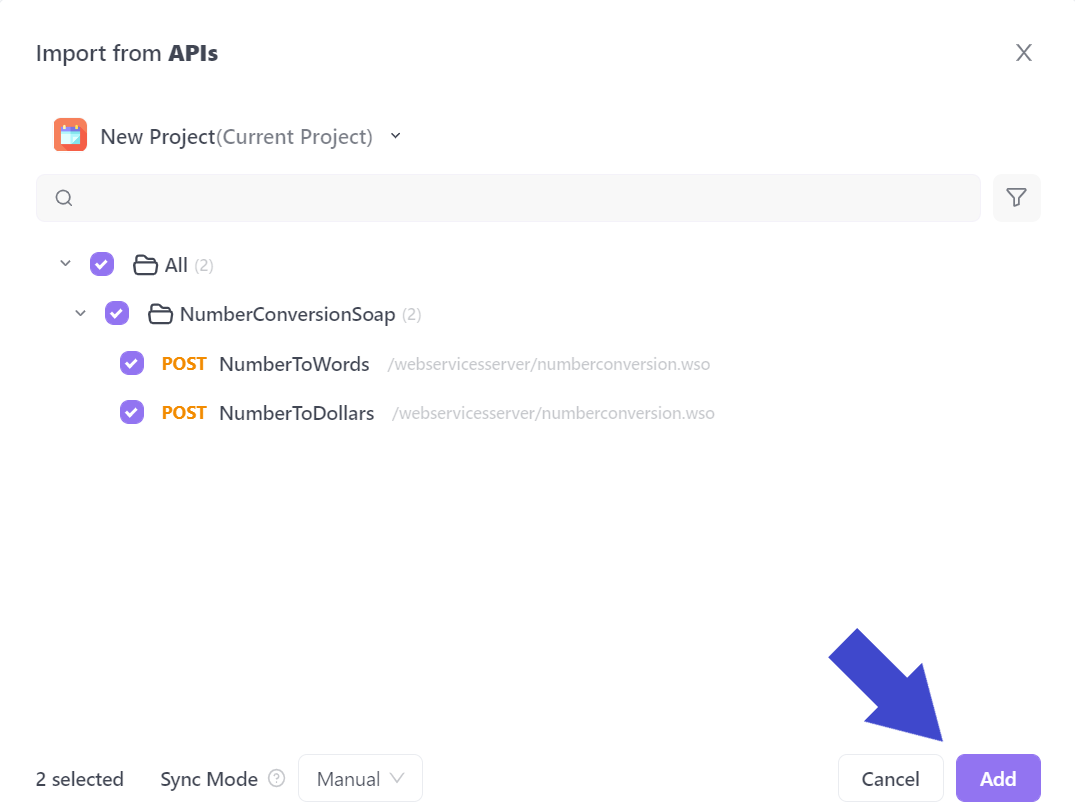
Select all the APIs you would like to include in your test scenario. In the example above, the API called NumberConversionSOAP has been included.
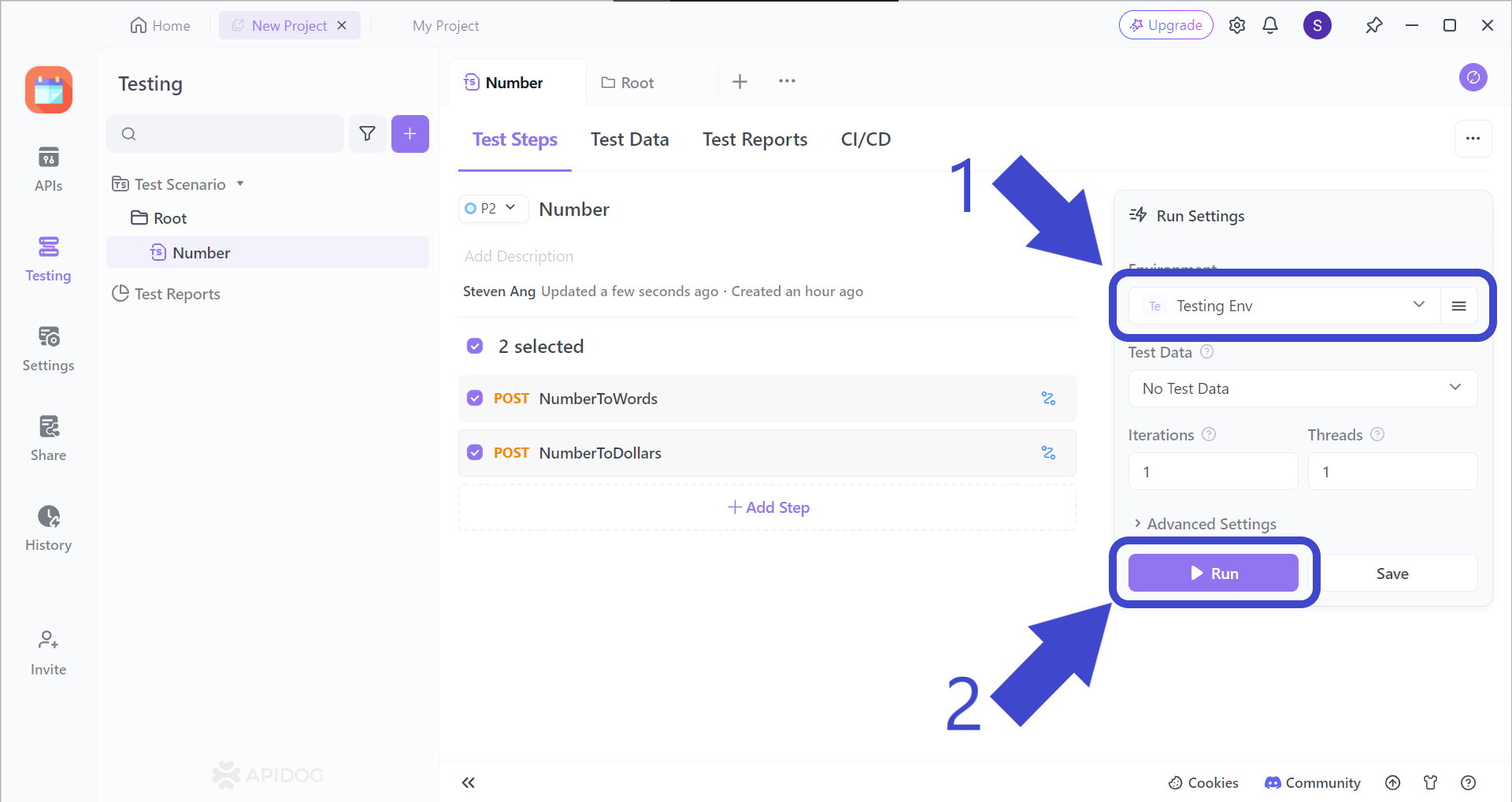
Arrow 1 - Ensure that the test scenario is changed to "Testing Env".
Arrow 2 - Lastly, press Run when every detail has been finalized.
Conclusion
OpenAI Sora is a heavily anticipated AI model that can create unimaginably realistic and imaginative videos from text descriptions. With Sora, you can generate any kind of video, with the exception that the prompt you submit breaches their usage policies. Although it is currently not available, you can anticipate its release fairly soon.
Apidog is an all-in-one API development platform that allows its users to effortlessly build, design, test, and document APIs. It can be a great alternative to many of the mainstream API tools found online as Apidog has a very simplistic yet easy-to-understand user interface for developers to use.

